Here is the list of Most Frequently Asked Instrumentation Questions and Answers for an Instrument Engineer during the technical interview round.
General Instrumentation Questions
What is the difference between cation conductivity and specific conductivity?
To increase the sensitivity of conductivity measurement, the sample is first passed through a column of cation exchange resin in the hydrogen form, which converts all cations in sample into hydrogen ions.
As a result of salts like NaCl and magnesium sulphate (which may enter into condenser through leakage) get converted into hydrochloric acid and sulphuric acid which have much higher conductivity than the salts.
In such treatment, CO2 is unaffected. but amononia, / hydrazinc and caustic soda are completely removed from sample..
This type of measurement known is cation conductivity measurement. (and is proportional to the mineral carryover and independent of CO2 hydroxides,carbonates,NH3 or amines concentration) and the conductivity measurement made directly without passing the sample through the cation exchange resin is known as specific conductivity measurement
What is potential free contact? What is the significance and application of this contact?
Contacts having not potential. E.g. Relay contacts/ field switches contacts. They are used in logic circuits. A potential free contact is usually wired into an electrical circuit. However it must be ensured that the contact ratings are suitable for the service in which it is used.
What are the different types of torque measurement?( techniques )
There are two different types of torque measurements:
1) actual instantaneous torque
2) dynamic torque where primary objective is to measure variations of torque rather than the torque itself e.g. torque measurement in case of centrifuge.
Torque can be measured by
1) using an appropriately connected strain gauge transducer,
2) measuring the twist (angular) of an elastic element e.g.. The power transmitting shaft of a rotating machine or the twisting of torque tube in a displacer type level transmitter.
In case of power transmitting rotating shafts, two identical slotted discs are installed at opposite ends of the shaft. Optical pickups are used to generate electrical pulses. Speed of the shaft is also measured.
The phase difference between two pulse trains is related to the twist in the shaft, which in turn is related to the torque transmitted.
Why cooling fans are required ?
Cooling fans are used to prevent transfer of heat of the process medium to the electrical parts of the switch and maintain their temperature within suitable limits.
What is meant by smart tuning and how is it done?
Smart tuning, also known as self-tuning, refers to the ability of a controller to adjust its parameters/response automatically for optimum control loop performance when process parameters/response/characteristics change.
Typically this is performed by a combination of mathematical calculations and heuristics (intelligent decisions based on the designer’s experience) and continual measurement of process characteristics.
What does NPT stand for and what does it signify?
National Pipe Thread
Most Frequently Asked Instrumentation Questions
- What is the difference between restricted orifice and orifice ? Where is it being used?
- What does ARRH and # refer to in valve specification?
- What does DN stand for in valve size?
- What is the full form of ASTM standard?
- What does BENCH RANGE refer to in an actuator?
- Why a limit switch option is given in a valve?
- Why control mode specification is given in the data sheet of the transmitter?
- What is the use of the diode in series to the coil in a relay?
- Why are there 4 tappings provided in certain orifice flanges?
- AWG in a thermocouple specification stands for ___ ?
- What does Zero Elevation and Suppression mean in a level measurement?
- Where and Why are “O” Rings used in DPT’s?
- Why is earthing provided in the rack room if the power supplies present are floating?



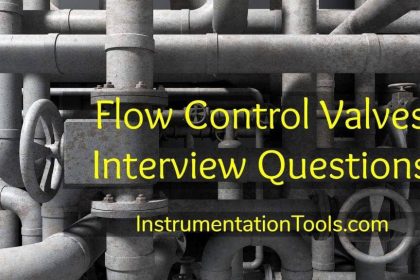

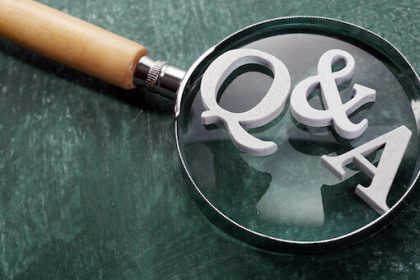


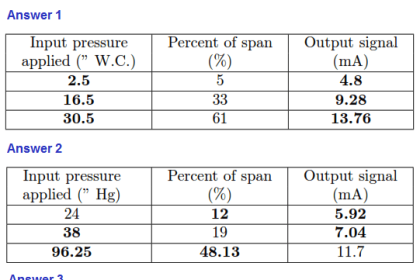
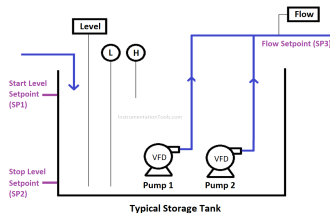

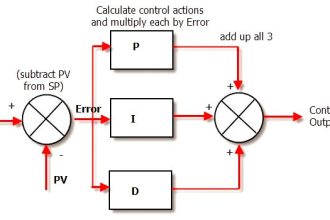
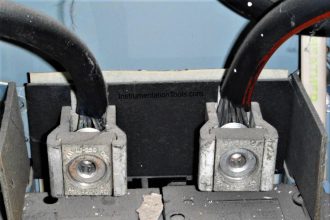
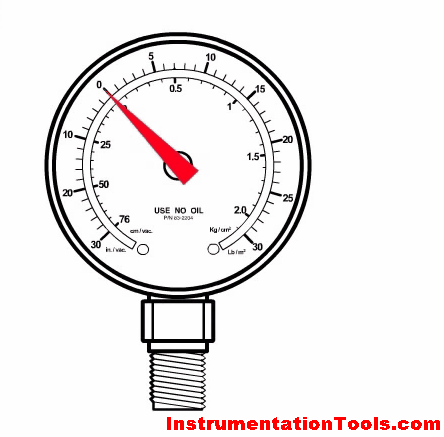

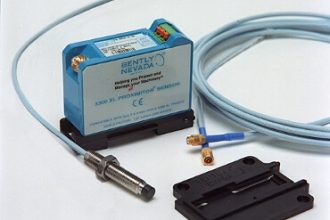
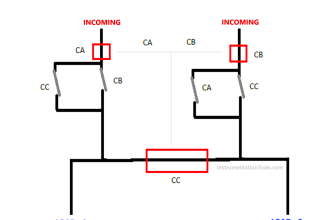

nice
Explanations is superb
Q 11 Answer
zero suppression means the transmitter range is above then zerolike 100 or 250 etc. its called zero suppression
if the range below then zero its called zero elevation like -250 or-100 etc
Q 12 Answer
we use the “O” ring in between transmitter body to kidney flange or manifold for removing the process leakage